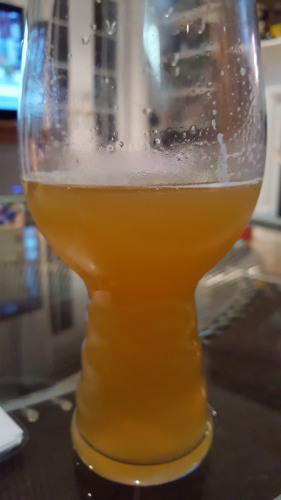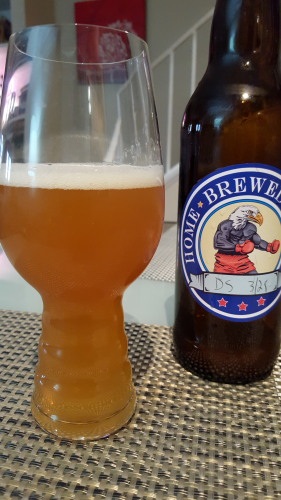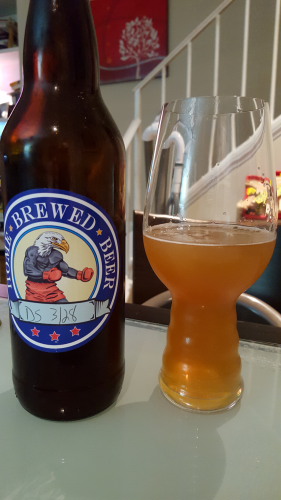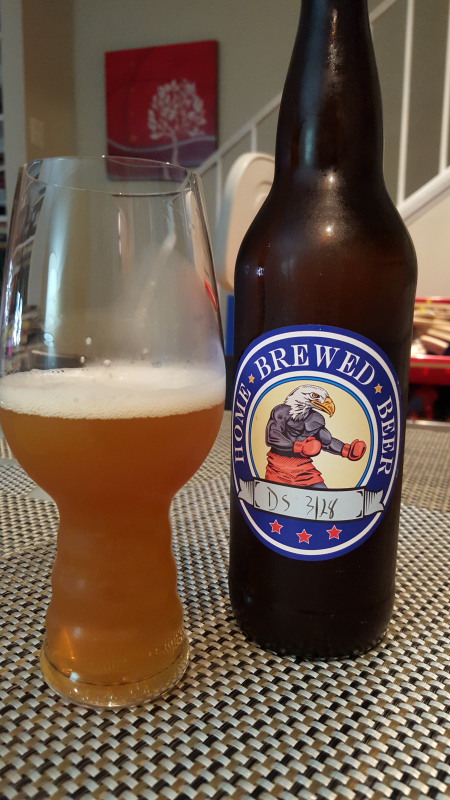Thank you for your input, I'd like to keep getting updates from you as you brew ipa's to see if your issue returns or not, and I will do the same. This problem has eluded me for 2 years, but being the persistent motherf*cker I am, I am determined to figure it out without going to kegging as I know there are bottled conditioned ipa's that do exist with some homebrewers.
Over the last couple months I have addressed both water quality (ph) and going to all grain.
My process is very similar to yours. Only difference, I still use a bottling wand. I currently have 2 ipa batches that I bottled with different head space, half at 2", and half with a 1/2 " or less. I feel that this may be the difference maker here over the other changes. That and leaving them to sit for 10 minutes or so before capping. Before I would cap immediately. I use swing tops. My theory is this; during racking and bottling, as long as you are very gentle, there shouldn't be a lot of oxygen dissolving into solution at atmospheric pressure. But if you cap immediately with lots of head space (2" in my case) you are capping in lots of unwanted O2. It has nowhere to go but into solution, along with CO2, when the pressure builds as CO2 builds up in the air space in the bottle. By allowing time before capping with a loose seal of a cap sitting on the bottle, you allow O2 to be pushed out, leaving only CO2 remaining. I've only seen and heard this mentioned a few times from different instructionals. And even if O2 remains (decreased by some CO2 production), the decreased head space still reduces O2 concentration. In my case going from 2" immediately capped, to 1/2" or less capped after 10 min, reduces the O2 concentration by 75% or more, that could potentially be forced into solution over the weeks it takes to build up pressure.
This may explain the gradual but consistent change we experience only post bottling. Obviously only time will tell. But you are the first I've seen to report much improved results without switching to kegging. Everything I read points to hops getting oxidized, and with the limited chemisty research I've done, adjusting my filling technique may resolve my problem. My other beer styles may improve as well with less oxygen dissolving into the beer during carbonation/conditioning period.


































![Craft A Brew - Safale S-04 Dry Yeast - Fermentis - English Ale Dry Yeast - For English and American Ales and Hard Apple Ciders - Ingredients for Home Brewing - Beer Making Supplies - [1 Pack]](https://m.media-amazon.com/images/I/41fVGNh6JfL._SL500_.jpg)

















